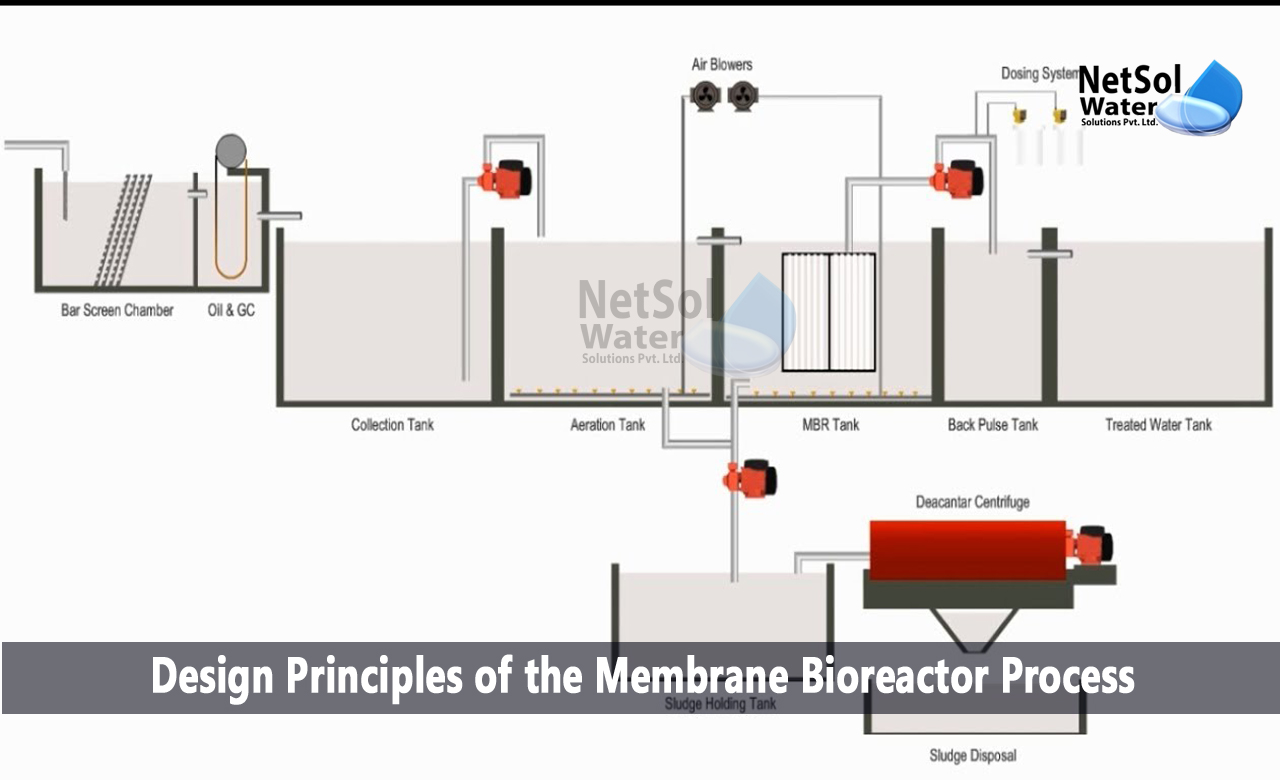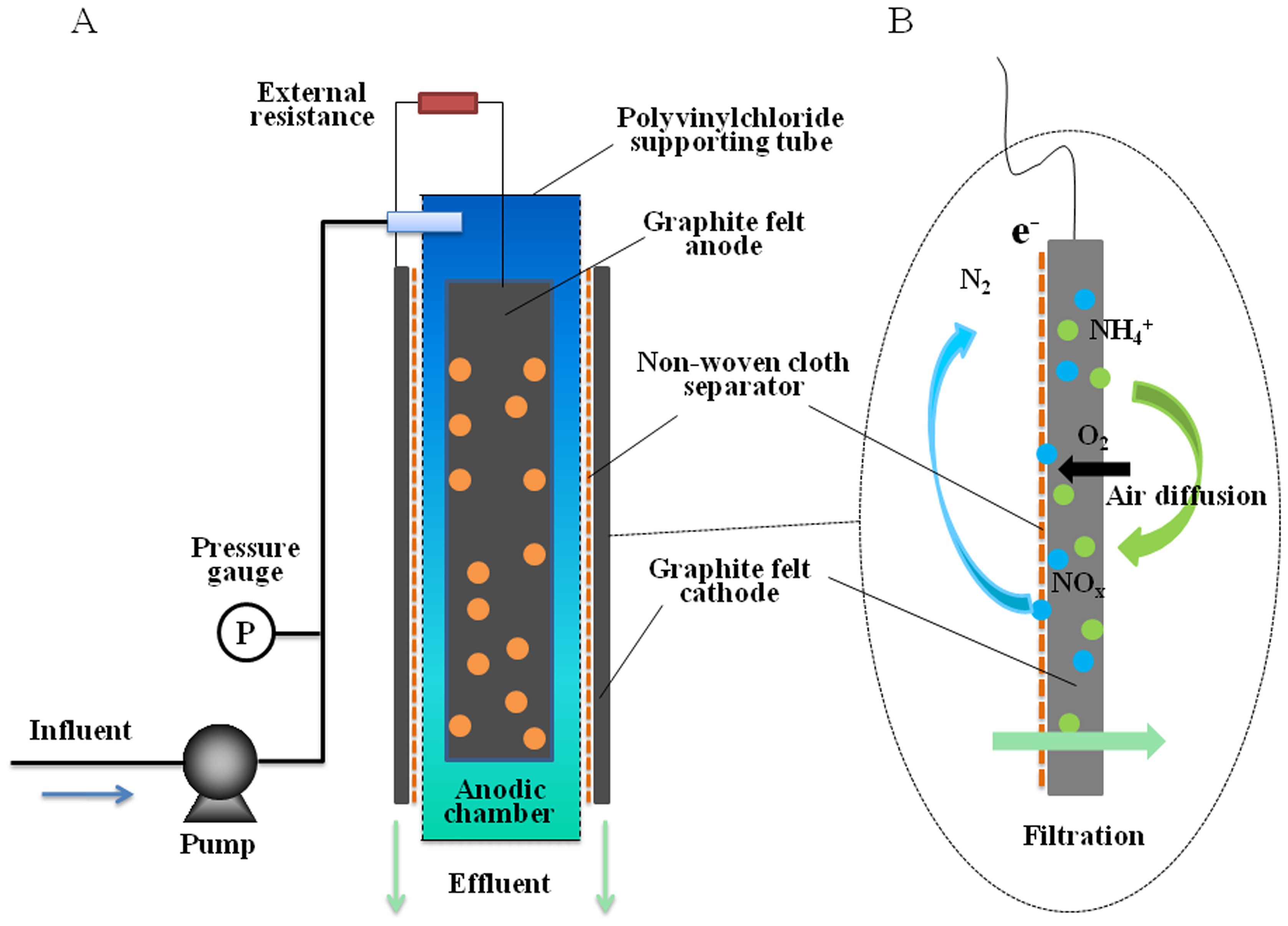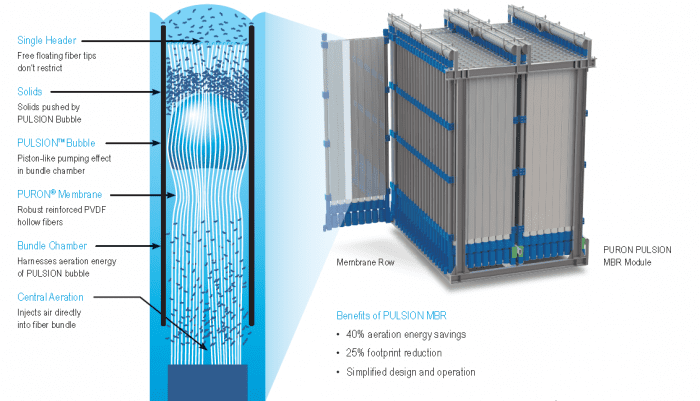Membrane Bioreactor vs. Traditional Treatment Methods: Key Differences Explained
Membrane Bioreactor vs. Traditional Treatment Methods: Key Differences Explained
Blog Article
Membrane Layer Bioreactors Clarified: Efficient Solutions for Tidy Water
Membrane layer bioreactors (MBRs) have actually arised as an innovative remedy for resolving the pushing obstacles of wastewater therapy - Membrane Bioreactor. By incorporating biological processes with advanced membrane layer purification, MBRs not only improve the top quality of cured water however also decrease the spatial requirements of therapy facilities.

What Are Membrane Layer Bioreactors?
Membrane layer bioreactors (MBRs) are innovative wastewater therapy systems that incorporate organic destruction processes with membrane filtering technology. This assimilation enables for the reliable elimination of impurities from water, making MBRs a recommended option in various applications, consisting of metropolitan wastewater therapy and industrial effluent monitoring.

One of the vital advantages of MBRs is their capacity to produce high-quality effluent, usually ideal for reuse in irrigation or industrial processes. In addition, MBRs require a smaller impact contrasted to traditional therapy systems, making them ideal for metropolitan settings where space might be limited.
In addition, MBRs can properly manage varying influent tons and are much less vulnerable to the effects of hazardous shocks. These characteristics add to their growing appeal as a sustainable service for addressing the boosting demand for clean water while decreasing environmental effects.
Just How Membrane Layer Bioreactors Job
While the operation of membrane bioreactors (MBRs) might seem complex, it essentially focuses on the synergy in between biological procedures and membrane filtering. MBRs incorporate an organic treatment procedure, usually turned on sludge, with a membrane separation unit to treat wastewater effectively.
In an MBR system, wastewater is very first presented into a bioreactor where microorganisms break down organic issue and various other contaminants. The biological activity reduces the focus of pollutants while promoting the growth of biomass. Following this organic therapy, the combined alcohol goes through membrane filtering, which can be microfiltration or ultrafiltration, depending upon the preferred effluent top quality.
The membrane layers work as a physical obstacle, permitting water and tiny solutes to pass while retaining suspended solids and larger molecules. This enables the system to keep a high focus of biomass within the activator, boosting the therapy performance.
Moreover, the continual splitting up of cured water from the biomass facilitates a portable layout and decreases the footprint of the treatment center. On the whole, the mix of organic deterioration and membrane layer filtering in MBRs leads to effective and trusted wastewater therapy, ensuring high-quality effluent suitable for numerous applications.
Advantages of MBR Innovation
One of the key benefits of membrane bioreactor (MBR) modern technology is its capacity to create premium effluent with a substantially lowered footprint contrasted to traditional wastewater treatment techniques. MBR systems efficiently combine organic treatment and membrane layer filtering, resulting in premium removal of contaminants, consisting of put on hold solids, virus, and raw material. This capacity causes effluent that frequently meets or goes beyond rigid regulatory criteria for reuse and discharge.
Additionally, MBR technology enables greater biomass concentrations, which boosts the treatment performance and decreases the called for reactor quantity. This compact style is particularly helpful in urban locations where space is limited. The functional adaptability of MBR systems likewise means they can adapt to differing influent qualities and circulation prices, making them suitable for a vast array of applications.
Additionally, the reduced sludge production related to MBR procedures adds to reduce functional and upkeep prices. visit this site right here The membrane layers work as a physical obstacle, decreasing the danger of obstructing and enabling longer functional periods between cleaning. Generally, the benefits of MBR modern technology make it an appealing solution for lasting wastewater therapy, dealing with both ecological concerns and the need for effective source management.
Applications of Membrane Bioreactors
With their adaptability and performance, membrane bioreactors (MBRs) locate applications across various sectors, including municipal wastewater treatment, commercial click procedures, and also water recovery. In metropolitan settings, MBRs supply a portable solution for dealing with wastewater, effectively eliminating pollutants while at the same time creating high-grade effluent that fulfills stringent governing criteria. This makes them especially appropriate for areas with restricted space.
In industrial applications, MBR modern technology is made use of for dealing with process water, especially in industries such as food and beverage, pharmaceuticals, and petrochemicals. These industries benefit from MBRs' capability to take care of high organic lots and their effectiveness in recouping valuable sources from wastewater, such as nutrients and water.
In addition, MBRs play a vital duty in water reclamation efforts, making it possible for the reuse of dealt with wastewater for watering, industrial procedures, and even as potable water after further treatment (Membrane Bioreactor). Their performance in getting rid of microorganisms and contaminants makes them a dependable option for making certain water top quality in numerous reuse applications
Future of Water Treatment Solutions
The future of water therapy services is poised for transformative developments driven by technological advancement and raising environmental understanding. As global water shortage ends up being a pressing problem, new approaches, including membrane layer bioreactor (MBR) systems, are readied to play a critical duty in boosting the performance and sustainability of water therapy procedures.
Arising innovations such as man-made knowledge and device discovering are expected to maximize treatment operations, allowing for real-time surveillance and predictive maintenance. This will improve the overall reliability and effectiveness of water treatment centers. Innovations in membrane products, such as graphene and nanofiltration, guarantee to boost permeation prices and reduce fouling, leading to lower energy usage and operational prices.
Additionally, the assimilation of renewable power sources into water treatment plants will certainly contribute to greener practices. The round economic climate design will also get traction, urging the recovery of useful sources from wastewater, such as nutrients and energy.
Final Thought

Membrane layer bioreactors that site (MBRs) have arised as an advanced option for attending to the pressing obstacles of wastewater treatment. By incorporating biological processes with sophisticated membrane filtering, MBRs not only boost the high quality of cured water but likewise lower the spatial needs of treatment centers.One of the essential advantages of membrane layer bioreactor (MBR) technology is its capability to create high-grade effluent with a dramatically reduced footprint compared to conventional wastewater therapy approaches.With their adaptability and effectiveness, membrane bioreactors (MBRs) discover applications throughout various sectors, including metropolitan wastewater treatment, commercial processes, and also water reclamation.In conclusion, membrane layer bioreactors stand for a considerable innovation in wastewater treatment technology, incorporating organic procedures with efficient membrane purification to produce top notch effluent.
Report this page